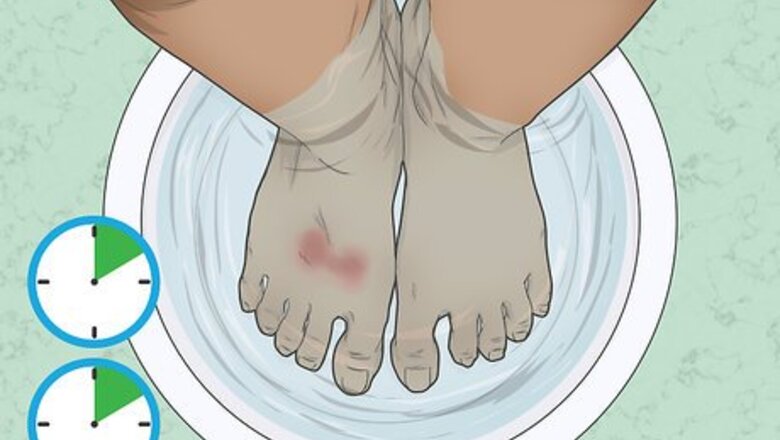
views
Cooling the Burn and Removing the Wax
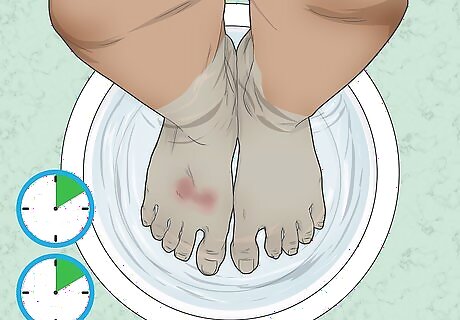
Submerge the burn in cold water for up to 20 minutes. The first step with a wax burn is to cool the skin. Fill a sink, bathtub, or wash basin with cold water and soak the burn for at least 5, but preferably closer to 20, minutes. If the burn is on your face, soak a towel in cold water and apply it to your face. Only apply water. Do not use any soaps or other cleansers, as they could further irritate your burned skin.
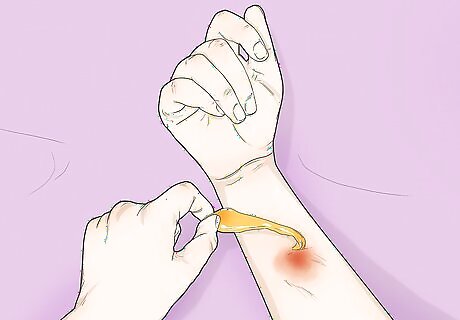
Remove any wax that is still attached. After soaking, look to see if there is still wax attached to the burn. Peel the wax away carefully. If skin is coming off with the wax, stop pulling. Avoid removing any wax that touches a blister.
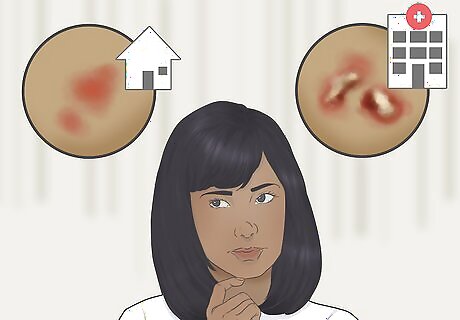
Decide if this burn can be treated at home. Small burns that are mild in nature can be treated safely. However, if any portion of the burn has turned white or black, if you can see bone or muscle, or if the burn area is much larger than a quarter, it is important to seek medical help.
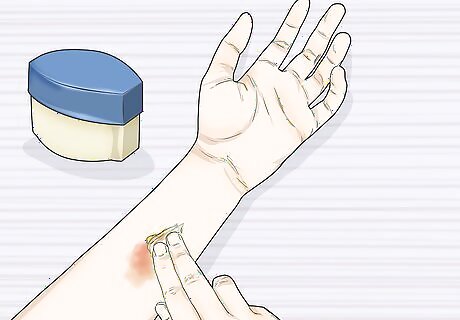
Use petroleum jelly to remove any remaining wax. If there is still wax stuck to your burn, apply a thin layer of petroleum jelly to the wax. Wait 10 minutes. Gently wipe the petroleum jelly off with a soft, damp washcloth. The remaining wax should come off with it.
Treating the Burn
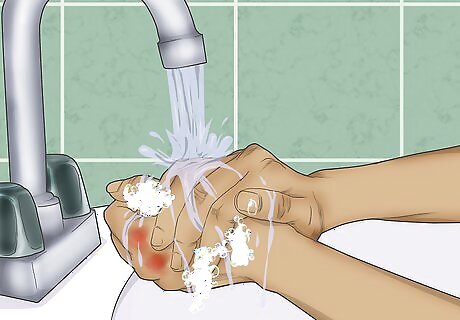
Clean the burn with water. Wash your hands using mild soap and water before rinsing the burn with cool water. Do not apply soap to the burn. Pat the area dry with a soft towel. Some skin may come off during washing. Burns are particularly prone to infection, so it is crucial to keep them clean.
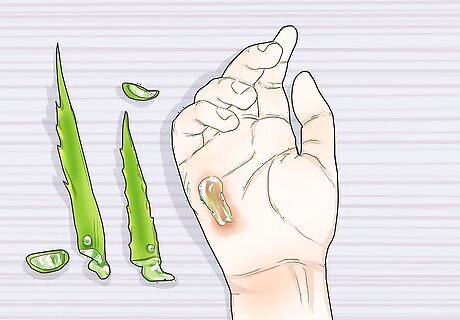
Apply pure aloe vera or antibiotic ointment to the burn. Look for 100% aloe vera at a local pharmacy or grocery store. Apply a thin layer of this to the burn area. If you have an aloe plant at home, you can cut off a leaf and squeeze the ointment out from inside. If you do not have aloe vera, vitamin E oil is another good option. As an alternative, you could also use silver silvadene cream to prevent infection.
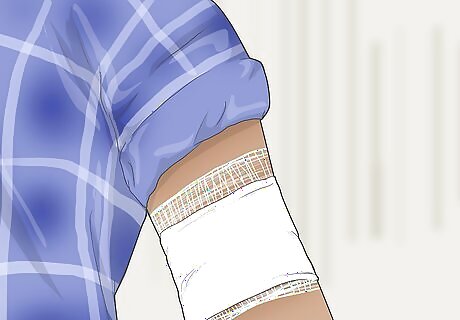
Wrap the burn with medical gauze. If the burn contains blisters and/or broken skin, it is advisable to dress the burn. Apply 1-2 layers of fresh medical gauze over the wound, and secure it with medical tape. Change the gauze 1-2 times per day or if the gauze gets wet or soiled.
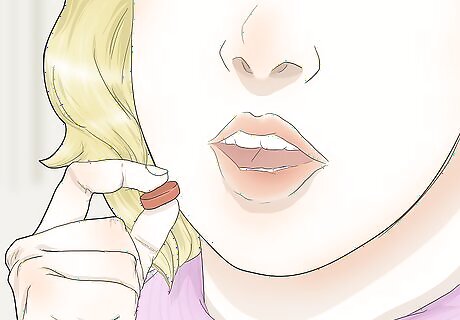
Take ibuprofen to reduce pain and swelling. Over-the-counter anti-inflammatory medication, such as ibuprofen, can help you to feel better. Follow any instructions of the packaging. Keep the area of the burn elevated to decrease swelling.
Avoid touching the wound. Scratching or picking at the wound can be tempting, but it's also risky for your wound. Your fingers often contain germs that could infect the burn, and touching it could damage the skin as it tries to heal. Keeping your hands off the wound could help it heal better.
Stay out of the sun. Your burned skin will be extra sensitive, so it's important that you protect it from the sun. Don't go outdoors more than necessary until your burn heals. If you must go outside, apply sunscreen to the area. Choose an SPF of at least 30. You should also wear a cover.
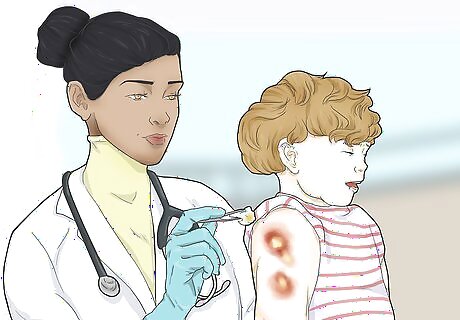
Seek medical care if you notice signs of infection. If your burn shows signs of infection (like a foul smell, accumulation of pus, or increased redness) it is important to seek medical care. You should also see a doctor if your burn has not healed in 2 weeks.




















Comments
0 comment